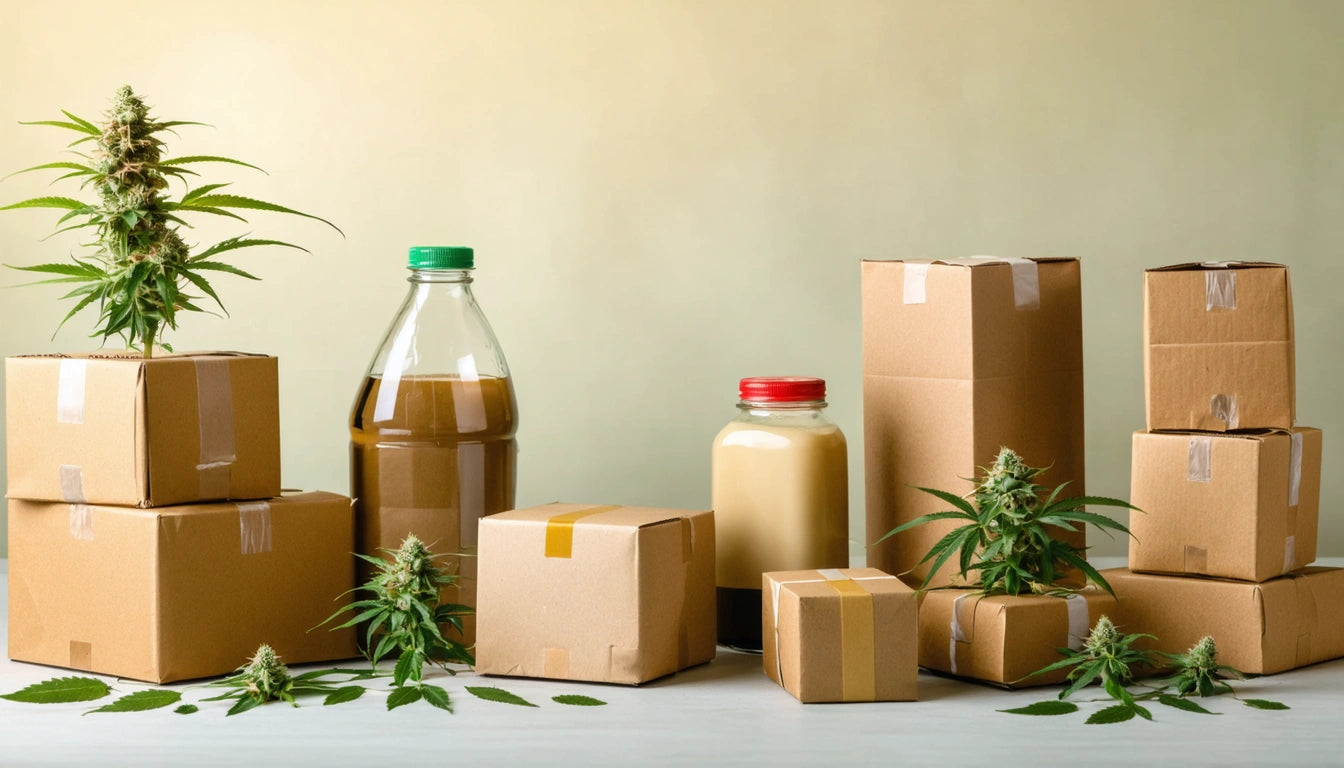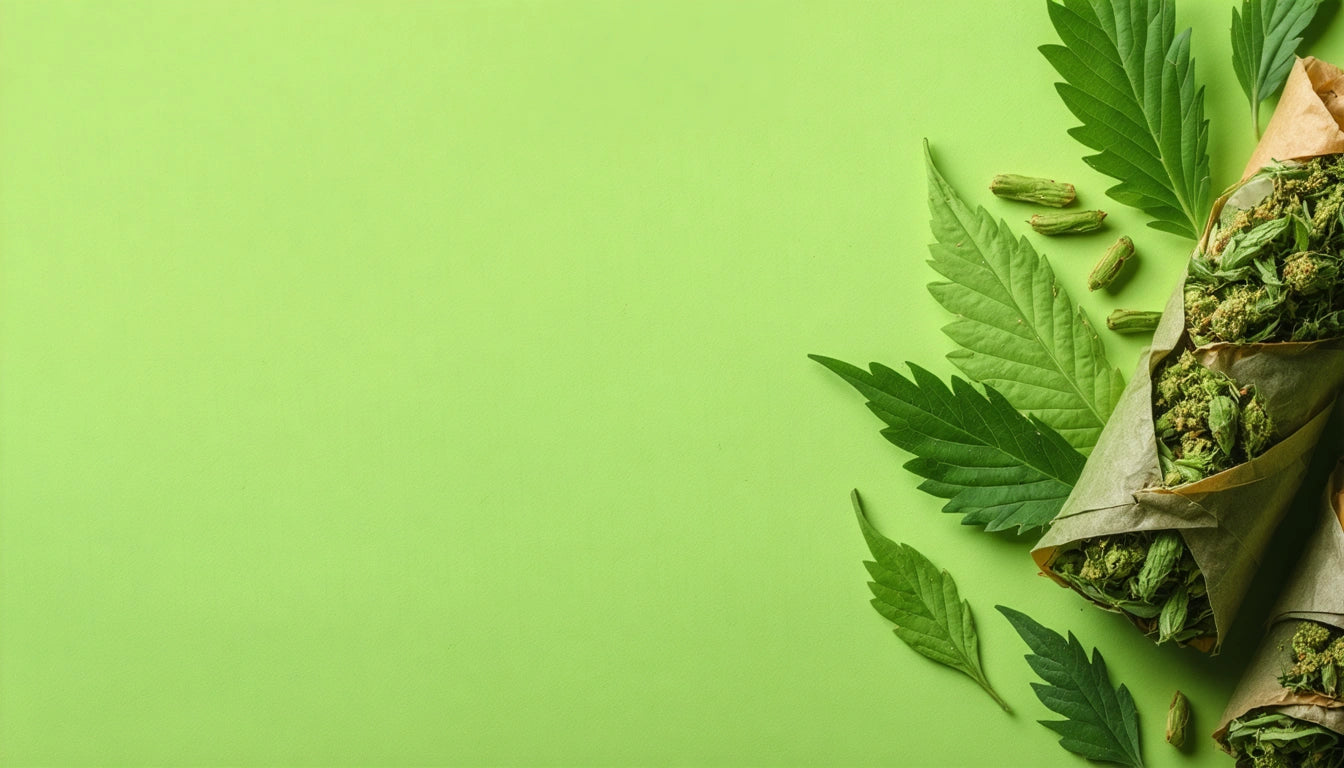Table of Contents
Paperboard vs Corrugated: What's Best for Your Product?
Selecting the right packaging material is critical for product protection, brand presentation, and environmental impact. Among the most common options, paperboard and corrugated materials offer distinct advantages and limitations that can significantly affect your product's success in the market. Understanding these differences helps ensure your packaging aligns with both product requirements and brand values.
Understanding Paperboard Packaging
Paperboard is a lightweight, single-layer material typically ranging from 0.010 to 0.026 inches in thickness. It's manufactured by pressing together multiple layers of paper pulp, creating a sturdy yet flexible substrate that's ideal for many packaging applications.
Types of Paperboard
- SBS (Solid Bleached Sulfate): White on both sides, offering excellent printability for high-end products
- SUS (Solid Unbleached Sulfate): Brown in color, stronger and more environmentally friendly
- FBB (Folding Box Board): Multi-layered with mechanical pulp in the middle, balancing cost and quality
- WLC (White Lined Chipboard): Made from recycled materials with a white top layer
Paperboard excels in applications where visual presentation matters. According to packaging material comparisons, it's particularly effective for lightweight products that don't require significant protection from physical damage.
Exploring Corrugated Packaging
Corrugated packaging consists of three layers: an inside liner, an outside liner, and a fluted middle layer. This structure creates air columns that provide cushioning, insulation, and structural rigidity.
Common Corrugated Grades
- Single-wall: One layer of fluting between two liners, standard for most shipping boxes
- Double-wall: Two layers of fluting, offering greater protection for heavier items
- Triple-wall: Maximum protection for very heavy or fragile products
The fluting comes in various profiles (A, B, C, E, F) that offer different compression strengths and thicknesses. For example, E-flute provides excellent printability while maintaining good protection, making it popular for retail packaging.
Key Comparison Factors
Durability and Protection
Corrugated packaging significantly outperforms paperboard when it comes to protection. Its multi-layered structure absorbs impact and prevents damage during transit. Paperboard, while sturdy for its weight, offers minimal protection against crushing or puncturing.
Cost Considerations
Paperboard is generally less expensive per unit than corrugated, particularly for smaller packaging. However, the total cost calculation should include potential damage rates during shipping. Higher-value products often justify the additional expense of corrugated to ensure they arrive intact.
Sustainability Profile
Both materials offer strong environmental credentials when sourced responsibly. They're biodegradable, recyclable, and often contain recycled content. However, some paperboard coatings can affect recyclability, while corrugated typically maintains high recycling rates across the industry. When considering sustainable options, you might explore alternative packaging materials that offer innovative environmental benefits.
Product-Specific Considerations
Cannabis Flower Packaging
For cannabis flower, moisture control is essential. While neither material provides complete moisture barrier properties without additional coatings, corrugated offers better insulation against temperature fluctuations. Paperboard, however, can be more easily treated with moisture-resistant coatings and offers better opportunities for premium branding.
Edibles and Concentrates
Edibles often benefit from paperboard's clean, food-grade surface and superior printing capabilities. Concentrates, particularly those in glass containers, require the protective cushioning that corrugated provides. Some brands use a hybrid approach, with paperboard primary packaging inside corrugated shipping containers.
Vape Products
For vape cartridges and batteries, paperboard provides an excellent canvas for branding while offering adequate protection for these relatively durable products. However, complete kits with multiple components may require corrugated inserts to prevent movement during shipping.
Compliance and Safety Requirements
Regulatory compliance adds another layer to packaging decisions, particularly in the cannabis industry. Child-resistant features often need to be incorporated into packaging design. According to safety standards for packaging, materials must be designed to be significantly difficult for children under five years to open while remaining accessible for adults.
While both paperboard and corrugated can be engineered to meet child-resistance requirements, paperboard often requires additional design elements or components. Corrugated's structural properties can sometimes be leveraged to create integrated child-resistant features.
It's also worth noting which materials to avoid for long-term storage, as outlined in this guide on packaging materials, particularly for products with extended shelf lives.
Making the Right Packaging Choice
The decision between paperboard and corrugated ultimately depends on balancing several factors:
- Product weight and fragility
- Distribution channel requirements
- Brand positioning and visual needs
- Budget constraints
- Sustainability goals
- Regulatory compliance
Many successful brands implement a multi-material strategy, using paperboard for consumer-facing primary packaging and corrugated for shipping and distribution. This approach maximizes the strengths of each material while minimizing their limitations.
When evaluating your packaging needs, consider the entire product journey from production to consumer use. The right material choice creates a foundation for both practical functionality and brand expression, ultimately contributing to product success in an increasingly competitive marketplace.











Leave a comment
All comments are moderated before being published.
This site is protected by hCaptcha and the hCaptcha Privacy Policy and Terms of Service apply.